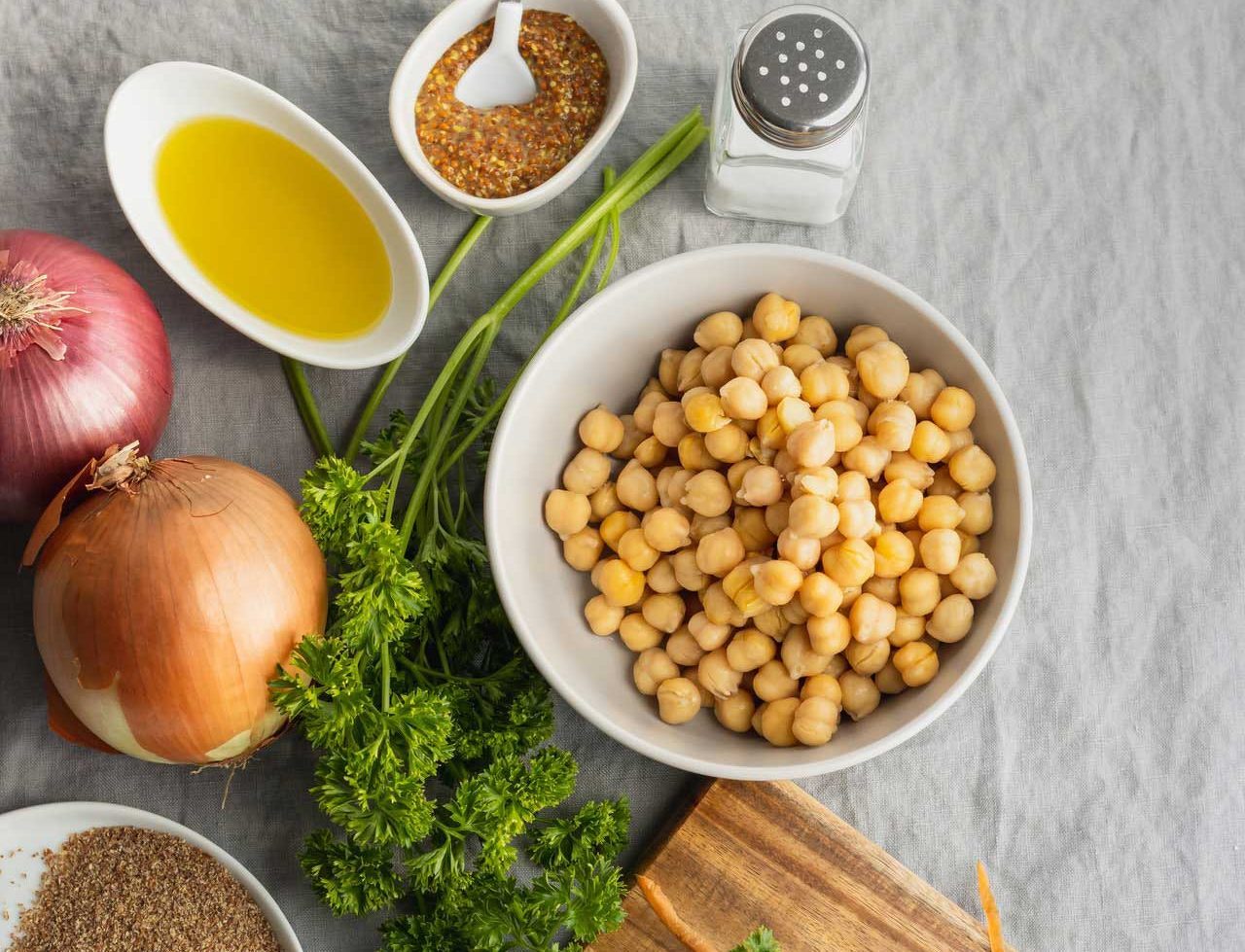Legumes have a remarkable nutritional profile and are a rich source of healthy fibers and protein. They contain vitamins, especially B1, B3, B5, and B6 covering about 10-15% of the Daily Recommended Intake within a portion of ca. 200 g. What’s more, they are rich in phosphorus and various minerals such as zinc, copper, manganese and iron.
Legumes are among the best plant-based sources of protein. They’re cheap and widely available. However, raw legumes contain antinutrients that can interfere with digestion and the absorption of other nutrients. Between them phytic acid is known to reduce the absorption of iron, zinc, manganese, chromium and calcium from the same meal. Generally, the more phytic acid you eat, the more minerals are blocked from your body.
The highest concentrations of phytic acid are found in raw and unprocessed plant-based foods such as beans, nuts, seeds and grains. Therefore, if you have an iron or zinc deficiency, you should reduce the amount of phytic acid you consume. You can reduce the content of phytic acid through soaking, sprouting, fermentation and boiling. People who regularly consume high amounts of plant-based foods, such as vegetarians and vegans, should include mineral-absorbing enhancers in their like garlic and onions.
Legumes are particularly rich in healthy fibers that when they reach your colon, they feed your friendly gut bacteria. However, in some cases, unpleasant side effects of these fibers include temporary gas and bloating.
Properly prepared legumes remain a very healthy choice when consumed as part of a balanced diet.
Click on the images below to see the nutritional facts of some of the most common legumes.
*These info cards contain average nutrition values based on what reported by the USDA.





